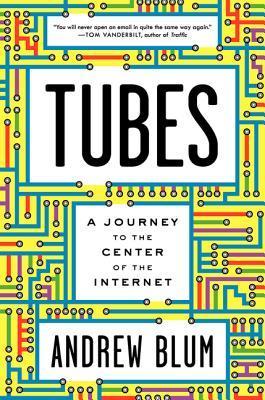What do you think?
Rate this book


294 pages, Hardcover
First published January 1, 2012
Our first data center was visible from the elevated train platform: a menacing concrete bunker the size of a small office building, with worn-out blue window trim, spreading out along a canal connecting to the Amstel River. The late-winter day was gray and damp, and there were houseboats tied up at the edge of the still water. My map indicated that the building belonged to Verizon, but a sign on the door said MFS—the vestigial initials of Metropolitan Fiber Systems, [...] which Verizon had acquired years before. There was clearly no rush to keep up appearances; it seemed, rather, that its new owners preferred the building to disappear. (152)